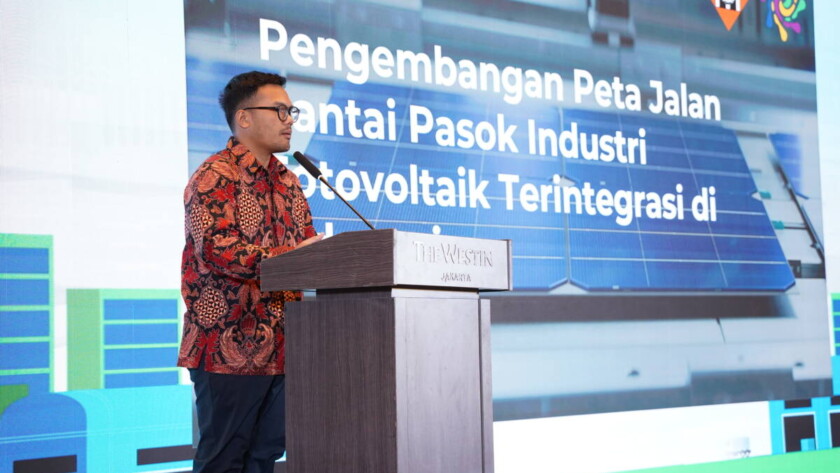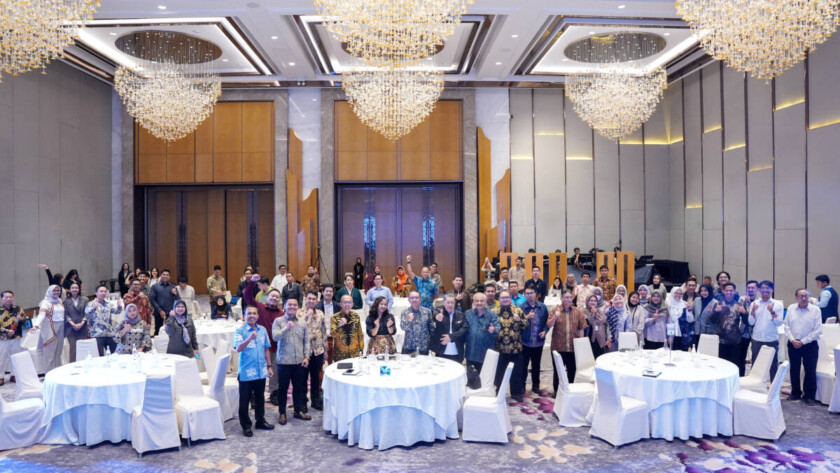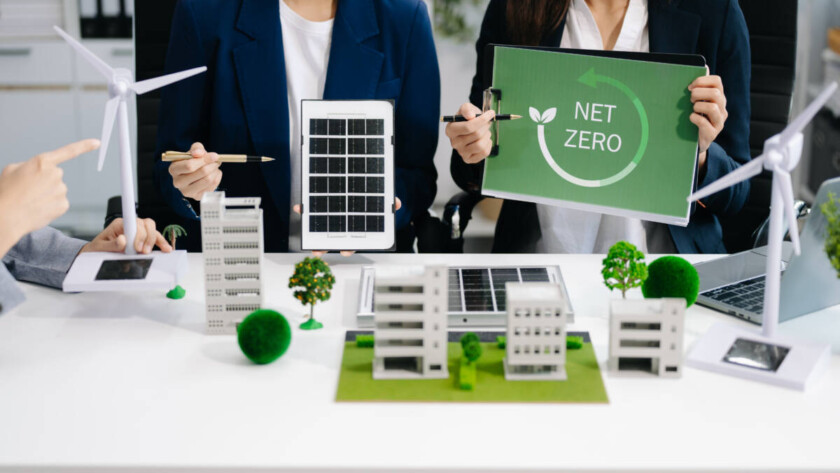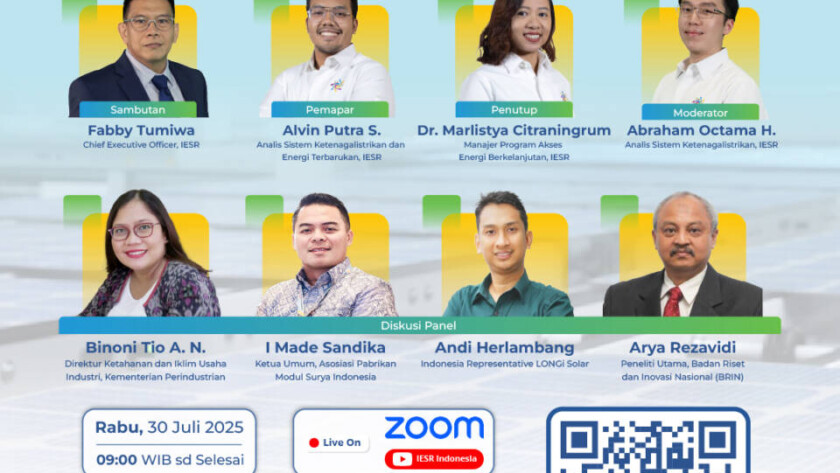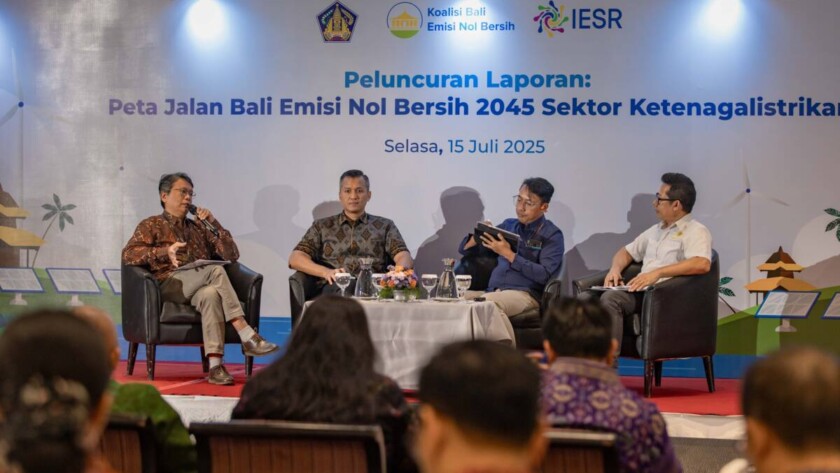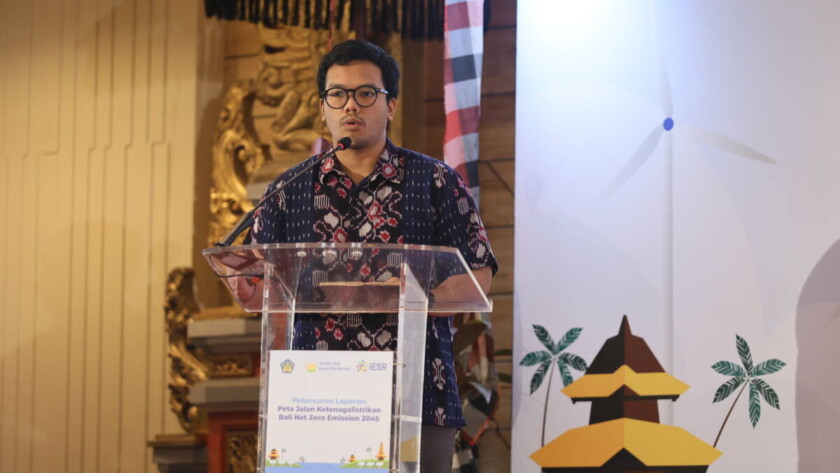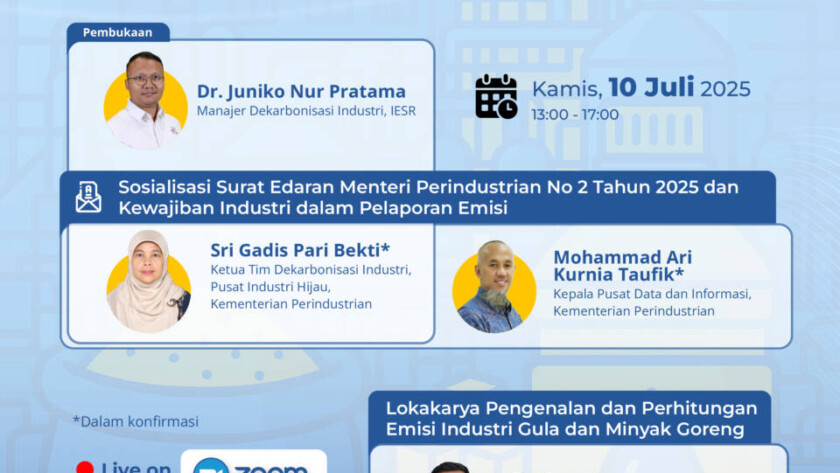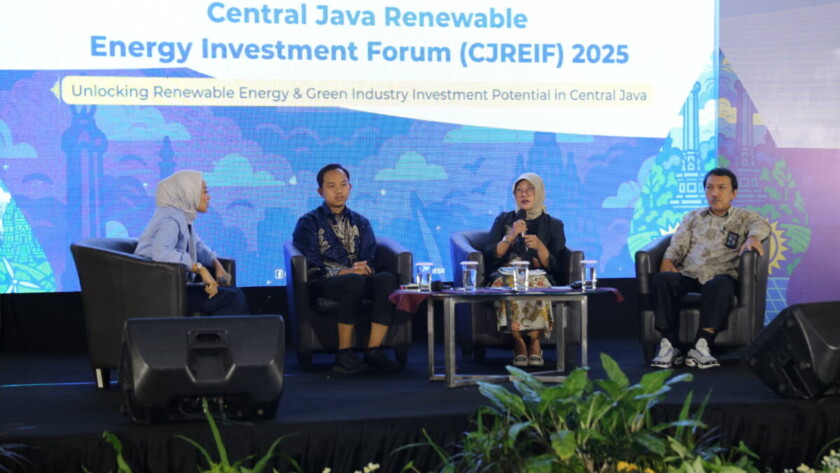Jakarta, August 5, 2025 - The 2025–2060 National Energy Policy targets increasing demand for solar power plants, reaching up to 108.7 GW by 2060. Indonesian President Prabowo Subianto emphasized that the utilization of renewable energy, particularly solar energy, is a strategic step toward achieving energy independence, starting from rural areas. Similarly,…
